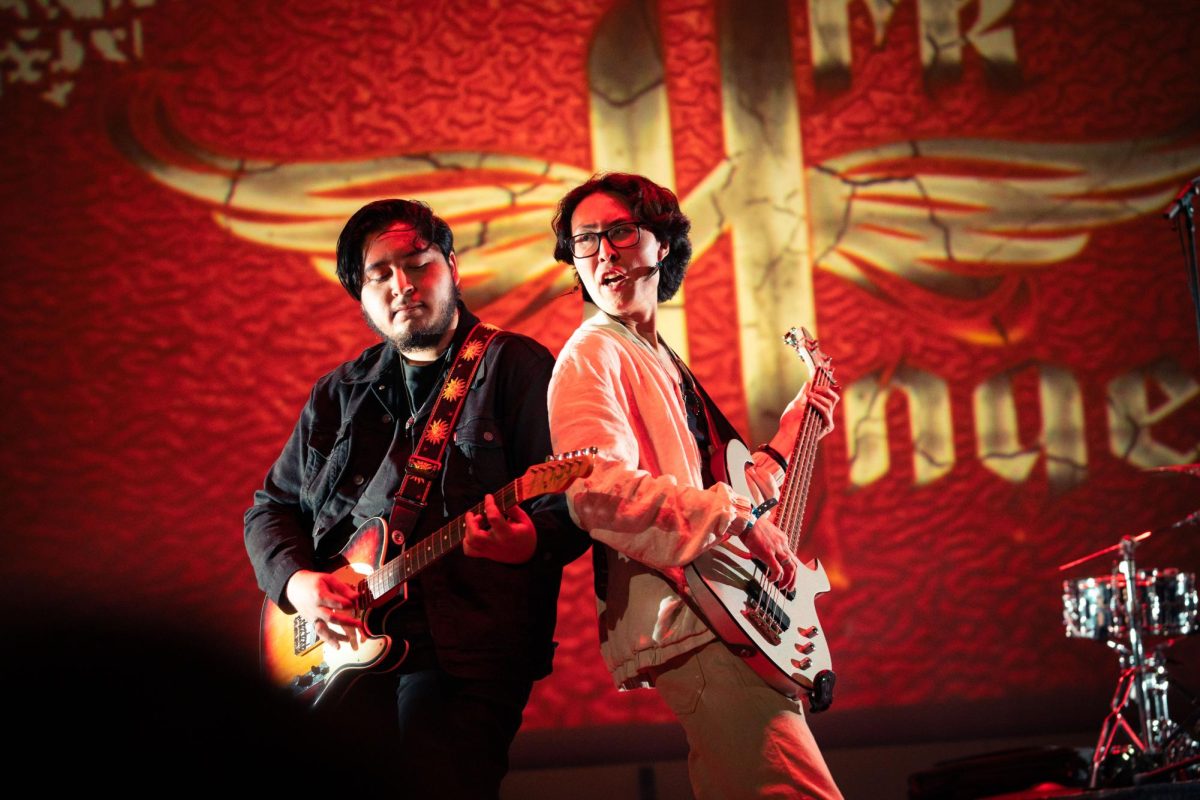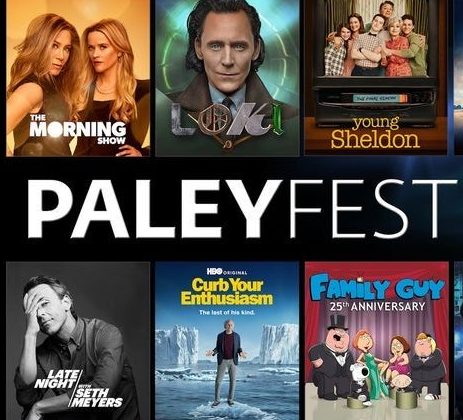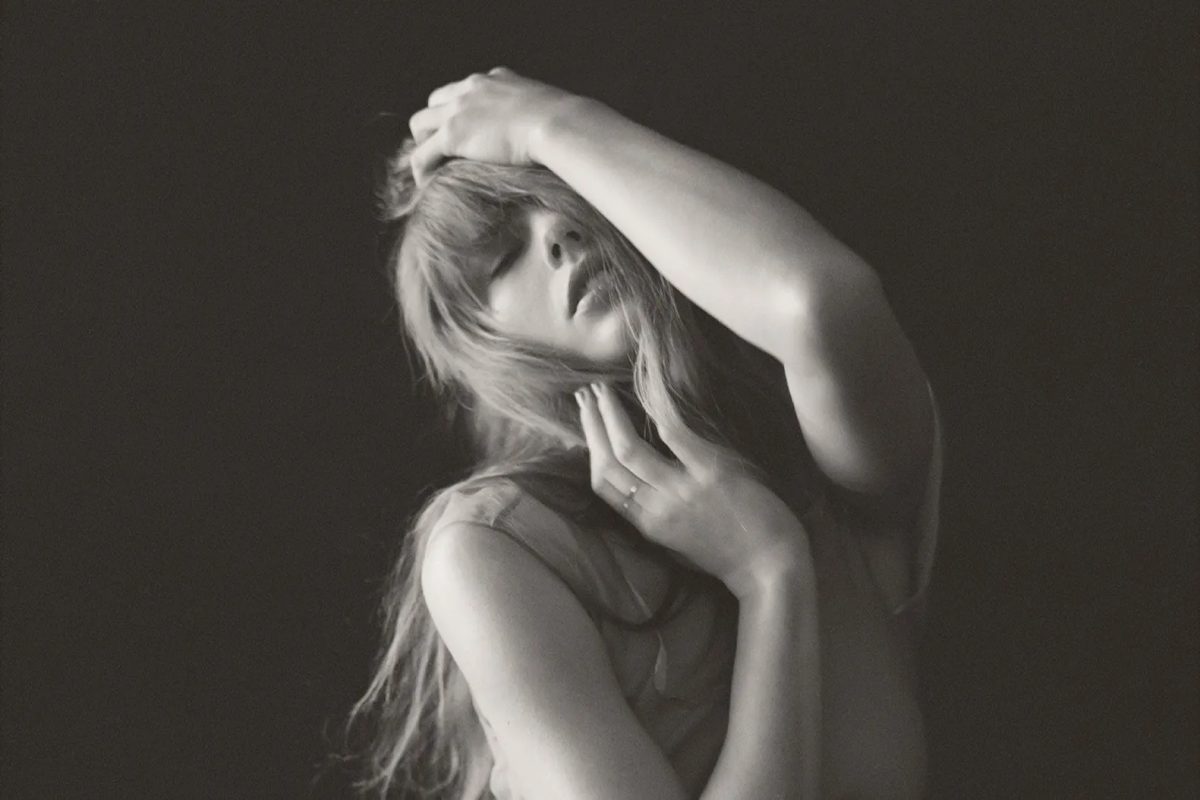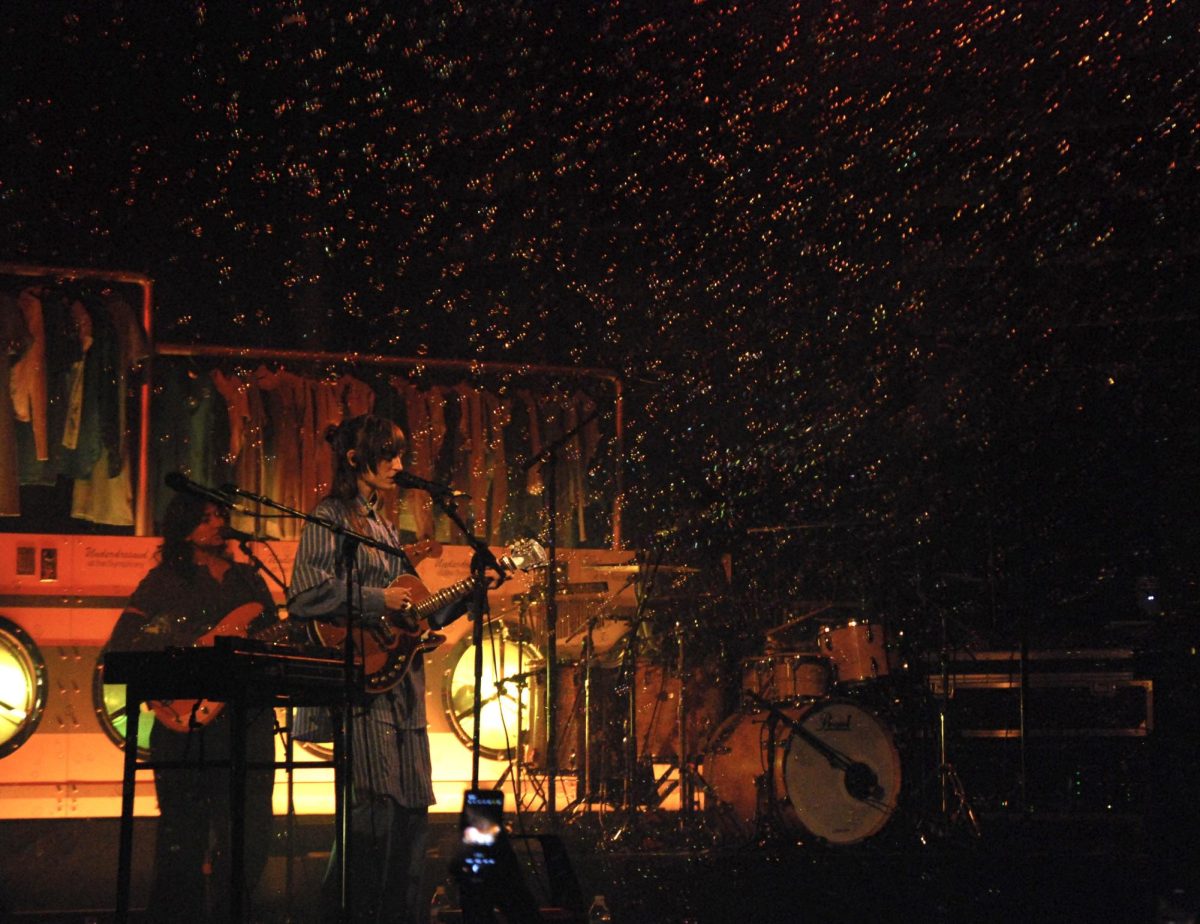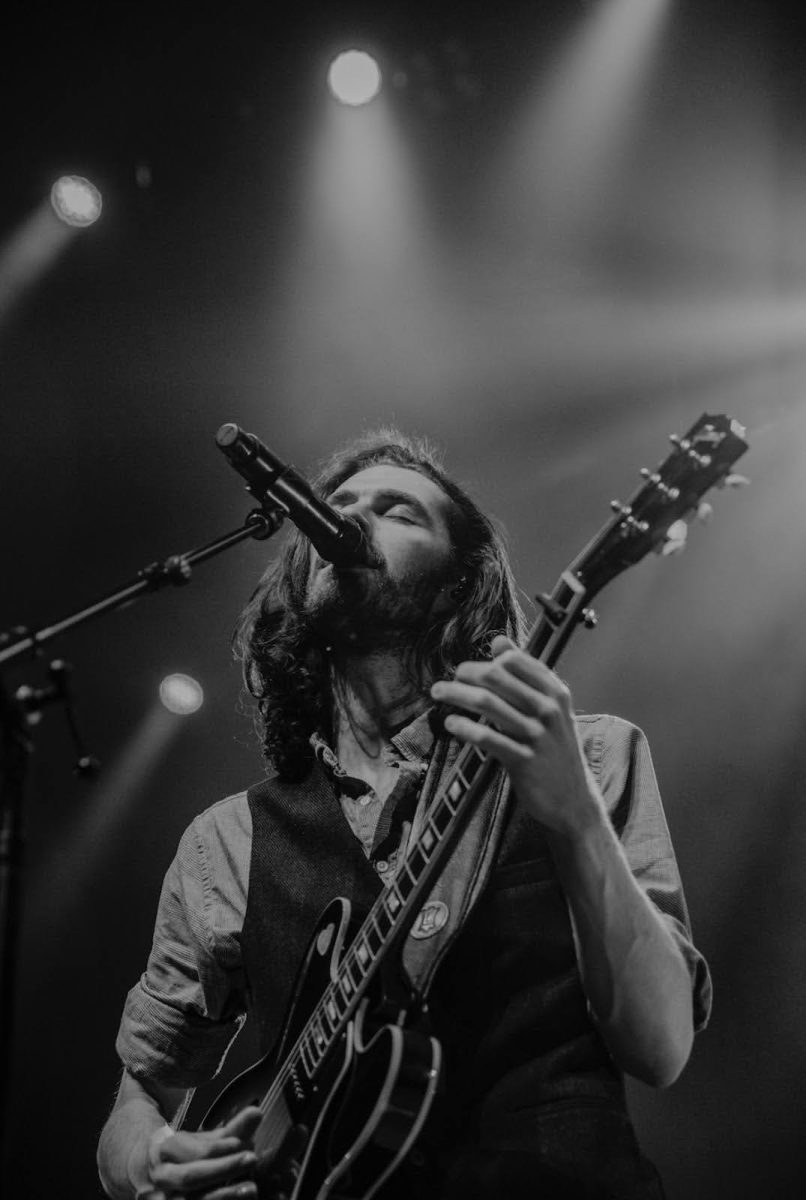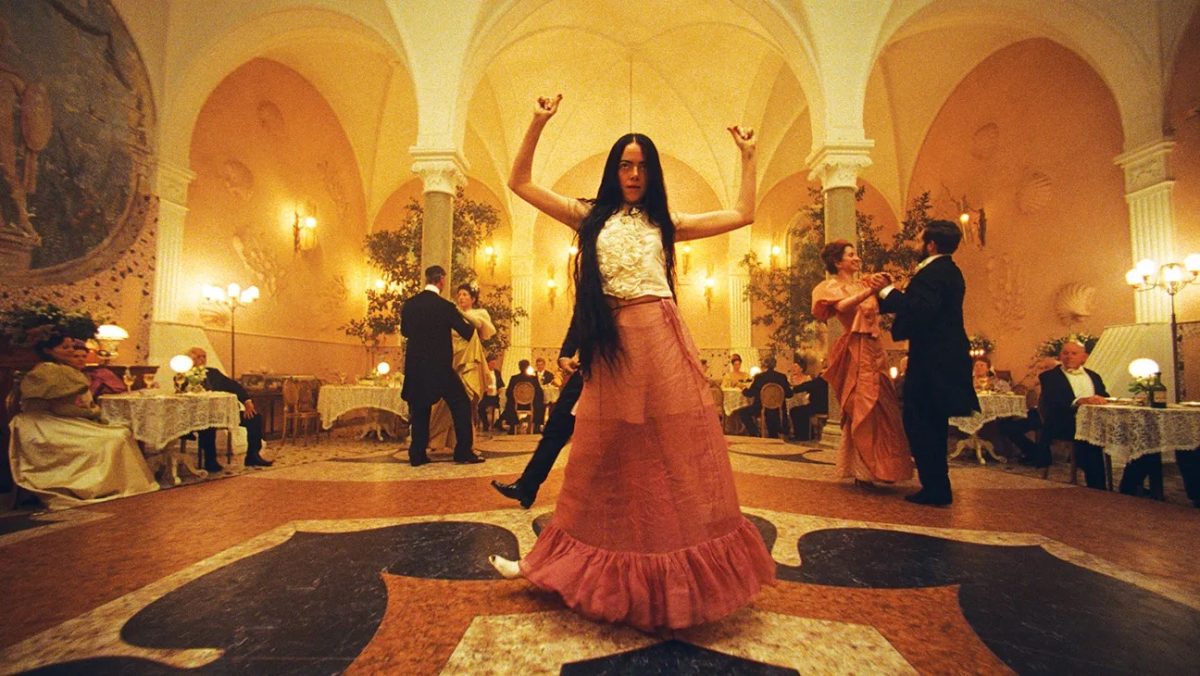So, we’re in college. We’re broadening our horizons, as it were. The idea, I’m pretty sure, is that we’re supposed to meet people who aren’t like us, hear ideas that are new to us and basically get tossed into a big, confusing melting pot to teach us how to cope with the big, confusing thing that is life. For just a moment, reserve any judgment on whether college actually achieves any of these things and consider something much more basic. Think about how your musical tastes have changed since you arrived at school. You’ve started listening to a whole bunch of different artists and genres, probably. You might want to attribute this to your superbly refined taste, but at least part of this expansion is due to all the new music you can’t avoid hearing at college, whether it be from your hipster roommate worshipping Animal Collective, fratty DJs on Library Walk pumping out Avicii or Danny Brown scream-rapping at Sun God. Even if you don’t want to, by the sheer volume and range of the music assaulting you, you’re going to leave college with a better grasp of music than you had when you got here.
And that’s great. But at that same time, music is only a fraction of art as a whole. Being a good music listener is like being able to make one food dish really well: You’ll be a hit at potlucks, but during the quotidian business of eating, you’ll be stuck eating the same damn thing every day.
All of which is really a long way of saying that it’s important to branch out. Right now all of us have a unique opportunity to do that. Beyond having less responsibility than you will ever have again, our city is a great place to explore different forms of art. On campus, we have the free University Art Gallery, just past Sun God Lawn, and the La Jolla Playhouse, a theater started by Gregory Peck. (Not sure who he is? Check out his Oscar-winning performance in “To Kill A Mockingbird!”) A few minutes away, there’s the La Jolla branch of the Museum of Contemporary Art, where you can get in with nothing but your student ID. That same ID will get you into the main museum branch in downtown San Diego for free, too. These museums rotate through must-see installations from world-famous artists; for example, “Lifelike,” an exhibit featured at the La Jolla branch this spring, brought in works from Andy Warhol and Ai Weiwei. The San Diego Symphony (OK, I know I just said to move beyond music, but let’s face it: Radiohead and Rachmaninoff are not the same) has student ticket prices for a ridiculous $10 for most concerts. And these are just a couple of the more accessible options for students.
But one of the reasons not everyone takes advantage of these opportunities is that the artistic experience you get in these places is, frankly, harder than what we’re used to. In most popular music, lyrics are in standard English. The instruments are much the same. The musical structure rarely varies. The uniformity of it all is comforting, and whatever message is contained within the song is impossible to miss. In a contemporary art museum, though, things get trickier. It’s harder to “get it.” I’ve spent a lot (or really, all) of my visits to museums feeling like I’m on the outside of some sophisticated, beautiful inside joke. I doubt that I’m alone, and I bet that’s a big reason why people get turned off by “high art.” That feeling is disconcerting. It’s even downright disturbing.
But that’s kind of the point. Somebody once said, “Art should comfort the disturbed and disturb the comfortable.” While that seems a bit dramatic for this conversation, it’s still relevant. The whole reason behind art, in many ways, is not to make us feel better about our cushy situations; it’s to make us feel uncomfortable in them. And while this has implications for the actual content of artwork, it also means that it can’t just beat us over the head with its meaning or significance. To fulfill its purpose and help us fulfill ours, art sometimes needs to confuse us. Simply because the art we encounter outside of popular music and television is so foreign to us, it will do exactly that. That’s good.
So to wrap up the pedantry, don’t let the remarkable opportunity of being a college student in a city full of accessible artistic life go to waste. Walk around a photography exhibit with the requisite crossed arms and furrowed brow. Go see some abstract paintings and nod knowingly at them, even if you’re lost. You’ll probably be confused. Embrace it. Do it enough, and maybe, hopefully, you’ll even be disturbed.


